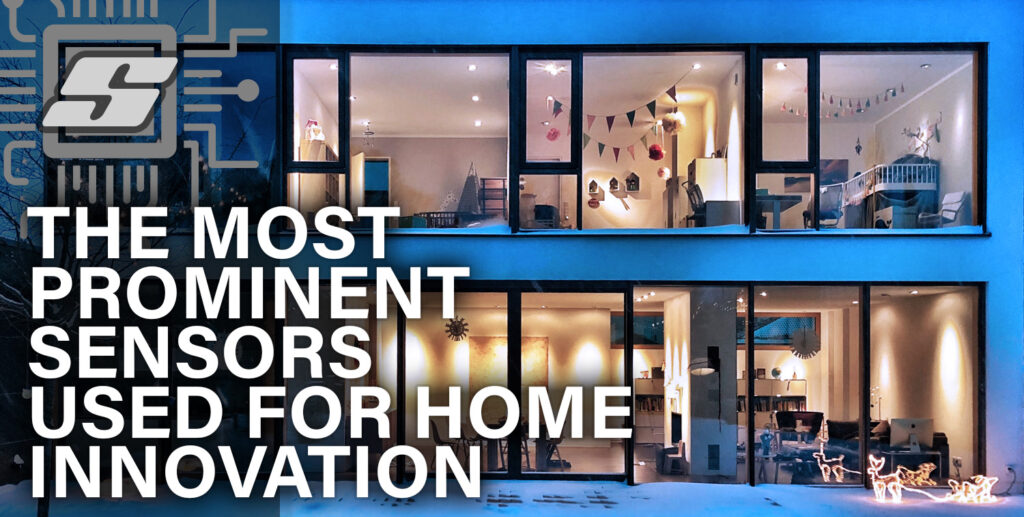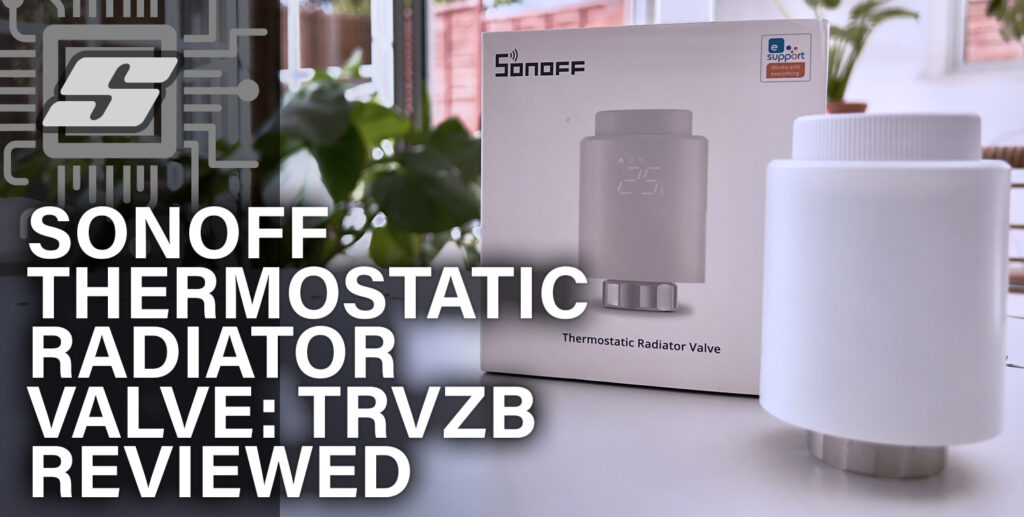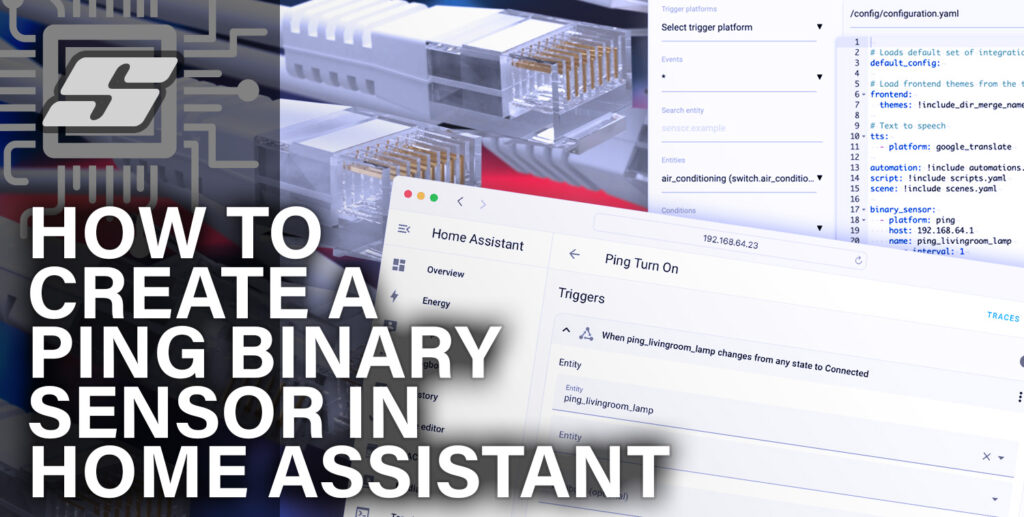If intelligent lighting, thermostats, and security cameras are the cornerstones of the smart home, consider sensors to be the invisible network that connects everything.
However, the word sensor is ambiguous in and of itself. There are several types available for a variety of applications, including light sensors, movement sensors, temperature sensors, and many others.
Additionally, there is a plethora of alternative strategies for how these devices operate and convey data.
Aside from the complicated communication protocols, the most remarkable part about employing sensors is that they’re (usually) straightforward to install, sometimes with no wiring necessary, which will delight homeowners.
However, before we go into the intricacies of each type of sensor used in the home, let’s review some must-know information.
The Value of Home Smart Sensors
The number of smart home gadgets has increased as more people join the home automation bandwagon.
Home automation technology is constantly evolving. Modern society cannot overstate the significance of these gadgets in creating a safe environment.
Innovative home technologies have come to the rescue as the coronavirus continues to wreak devastation worldwide and the times become more dangerous overall.
We live in a society where increased surface contact is an unideal option. The ability to complete tasks with voice commands is a relief that will help us adjust to social distance protocols.
Additionally, smart lighting and security cameras are examples of home automation technologies that can help as well. You can automate almost every household function without touching too many devices. Home automation sensors are required for such gadgets to work.
Smart Home Sensor Varieties
Without sensors, automation is unachievable. These automation products are the ‘brain’ that provides your device with the information it requires to function, see many applications of sensors from OMCH website.
Sensors of many types instruct your smart devices on how to conduct various duties. These are some of the most prominent smart home sensors in the market right now:
Carbon Monoxide and Fire Detection
Fire is by far the most common source of property damage. For years, the primary fire detector has been beeping at the first indication of smoke in the home to prevent further damage.
Nowadays, numerous pollutants can endanger our home environment and air quality, all of which can cause property damage and injury to the people within.
A carbon monoxide detector detects CO levels in the air and alerts users if levels are unsafe. Because CO is odorless and invisible, a sensor can be a lifesaver, especially when linked to an urgent monitoring system.
Some modern sensors can not only detect smoke and CO but also monitor general air quality in your house and look for pollutants such as dust, soot, pollen, air staleness, temperature, humidity, pollution, and particles.
Smart Temperature Sensors
The smart thermostat allows you to regulate the cooling and heating in your house from anywhere. They are fashionable and may also save you money by tracking the humidity and temperature within and around your home.
Your home’s temperature varies as you enter and exit, and a smart thermostat can regulate the temperature depending on your behavior and space usage.
The most exceptional thermostats control the temperature room-by-room, enabling you to keep your preferred temperature and switch to an energy-saving mode when no one is around.
In addition, using cognitive technology in any of these sensors paves the way for a dwelling that considers you and your temperature preferences.
Motion Sensors
When a motion sensor identifies movement, a signal is sent to your smartphone or other devices, such as cameras, lights, or alarms.
These sensors may be used with different gadgets to solve several problems. For example, use a motion detector to alert you if there is activity around your swimming pool for safety.
Motion sensors can assist in keeping tiny children who are playing in the area safe. Alternatively, you may link a motion sensor to an intelligent surveillance footage camera at your front entrance to receive alerts when there is movement.
It is an excellent way to track package delivery and capture intruders.
Sensors for Water Leaks/Freeze
Water leak sensors can help you save money on monthly costs and water damage repairs. Fixing readily repaired leaks can save households 10% on their water costs.
Wise homeowners use water leak detectors in sensitive parts of their property where water leaks are possible.
Install them near your hot-water tank, sink, or open water lines. Then, when a water sensor warns you of leaky pipes and gadgets, you can either rush home to fix the situation or call a plumber before further damage happens.
Installing an automated shut-off valve, which receives leak notifications from leak sensors and may switch off your home’s water supply when a breach is detected, is an alternative. This might also save you money and time if you are away.
Sensors for Windows and Doors
Alerts for open doorways and windows are another useful sensor that may help you save money while keeping you safe. For example, smart car park door openers will notify you if someone has failed to close the garage door.
If an intruder opens or smashes a window, smart window latches will sound an alert and warn you. When connected to intelligent lighting, door sensors may help save energy by turning lights off and on whenever anyone enters or departs a room.
Some homes with the tightest security systems have beam sensors installed. These are also known as photo electric sensors.
This technology may be a common sight for fans of sci-fi and spy movies, but these tripwires mainly serve as trigger to activating safety locks or an alarm system.
Increasing Comfort and Health at Home
Smart sensors contribute to increased home comfort. Therefore, your quality of life improves when you have equipment that can detect intruders and turn off sprinklers—the aid of the sensors in regulating numerous operations in your house.
Temperature sensors improve the well-being of everyone in your home. It is beneficial to your health to regulate the temperature in your house to meet your demands.
Furthermore, you may adjust the temperatures in each area of your home to each individual’s liking.
Smart heating may make a room’s temperature dryer and colder if that’s what you require. You may change the temperature in rooms occupied by little children or elderly parents. This would benefit the health of the family’s most vulnerable members.
It’s also convenient to control all of your devices using voice commands. Other gestures, such as waving, can start things going. For example, a wave can switch a light off or on. In addition, you may use gesture recognition software to operate your devices.
Several smart sensors are available to ensure your various gadgets function correctly. The electronics would only recognize what needs to be done with clever sensors.
As a result, these tools assist your devices in sensing and performing the required duties.
Thanks so much for visiting my site! If this article helped you achieve your goal and you want to say thanks, you can now support my work by buying me a coffee. I promise I won't spend it on beer instead... 😏




